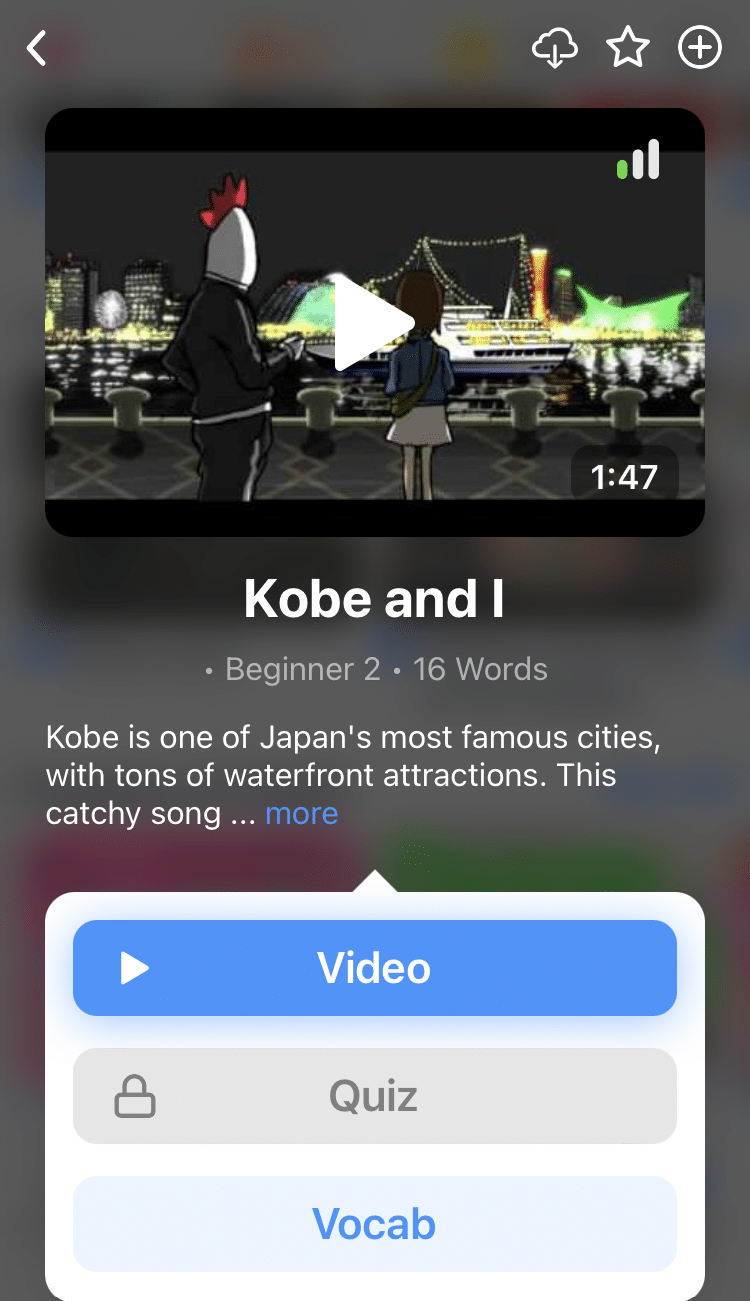
Agree to Disagree: How to Say Yes and No in Japanese
Think about the last time you agreed or disagreed with someone.
You may have given them a non-verbal response (like a thumbs-up or shaking your head in disapproval) or a one-word answer (like “Sure” or “Nah”).
There are several ways to agree and disagree in English, and the same is true in Japanese.
In this post, you’ll learn how to say “yes” or “no” in any Japanese-speaking situation—whether you’re with important colleagues or your closest friends.
Contents
Download: This blog post is available as a convenient and portable PDF that you can take anywhere. Click here to get a copy. (Download)
How to Say “No” in Japanese
The first thing you should know about saying “no” in Japanese is that it’s often a big “no-no.”
Politeness and respect are important aspects of Japanese culture. Telling your boss “no” outright when you can’t make time for a project is considered highly disrespectful and offensive.
Of course, you can’t say “yes” in every situation either. There will be instances where you’ll have to deal with, say, unavoidable scheduling conflicts.
So, in the next few sections, I will walk you through all the ways to say “no” and minimize (if not avoid) any potential faux pas.
The Basic Word for “No”: いいえ
In Japanese, いいえ is the most straightforward way to say “no.” It’s a simple term that leaves no room for interpretation.
However, it’s rarely used because it often comes off as too blunt. As I mentioned earlier, it’s important to be polite and respectful at all times when you’re in a Japanese-speaking context.
Saying “No” in Formal Settings
There will be instances where you have to disagree with someone you respect, like a teacher or manager. Even then, you want all parties to save face and avoid any embarrassment.
Some polite words and phrases you can use without coming off too strong include:
- 難しいです。 (むずかしい です。) — It’s difficult.
- 考えておきます。 (かんがえて おきます。) — I’ll think about it.
- 結構です。 (けっこう です。) — No, thank you.
- 大丈夫です。 (だいじょうぶ です。) — No, thanks. (This one works in situations where, for example, you’re offered a drink refill but you want to refuse.)
Saying “No” Around Friends and Family
There are a few words and phrases you can use to express disagreement with family and friends (other than いいえ, which is too blunt even in this context). Note that you should never use these words in polite company.
A few terms include:
One simple phrase that can double as “No” and “I’m Sorry” is すみません (I’m sorry). You can combine すみません with ちょっと for an even softer apology:
すみませんが、ちょっと … — I’m sorry, but that’s a little…
Saying “No” by Using ちょっと
One inoffensive way to refuse an offer is to repeat the main subject and add ちょっと.
For example:
仮面ライダーを見ませんか? (かめんらいだーを みませんか?) — Do you want to watch Kamen Rider?
仮面ライダーはちょっと… (かめんらいだーは ちょっと…) — Kamen Rider? Well…
ちょっと can also be combined with other terms to sound more formal, like so:
ちょっと難しいです 。(ちょっと むずかしい です。) — That’s a little difficult.
Alternatively, you can soften your statement with other filler words or interjections.
Using the Negative Form of a Verb to Say “No”
Another way to say no without saying “No” is by using the negative form of a verb.
For example:
テレビを見ますか? (てれびを みますか?) — Do you watch TV?
テレビを見ません。 (てれびを みません。) — I do not watch TV.
Of course, you’ll want to know all about the ways to conjugate Japanese verbs to say “no” first.
Saying “No” Through Nonverbal Gestures
In casual settings, a gesture may be all you need to say “no.” Examples include:
- Crossing your arms into an “X”
- Sucking or hissing through the teeth
- Rubbing the back of the neck
- A long pause and sigh
Note that the way you say “no” is also important. Saying the phrase and gently trailing off at the end will make you sound gentler and less aggressive.
How to Say “Yes” in Japanese
The Basic Word for “Yes”: はい
When you study Japanese, one of the first words you learn is はい. This term is the most basic way to say “Yes” in Japanese.
Unlike いいえ, はい can be used in any context (formal or casual). So, when in doubt, just use はい.
Saying “Yes” Around Friends and Family
There are multiple words you can use to say “yes” around the people you feel close to.
Expressing Agreement with Short Phrases
If a single word isn’t enough to express your agreement, there are a variety of phrases you can use instead.
- そうです。 — That’s right.
- うん、もちろんです。 — Yes, of course.
- いいですよ。 — Okay.
Knowing how to say “yes” and “no” are important parts of learning Japanese. It’s critical to know when to nod in agreement or how to politely decline an awkward invitation while staying respectful and not hurting anyone’s feelings.
If you want to see these “yes” or “no” situations in action, FluentU has an extensive library of Japanese videos with interactive subtitles you can watch.
FluentU takes authentic videos—like music videos, movie trailers, news and inspiring talks—and turns them into personalized language learning lessons.
You can try FluentU for free for 2 weeks. Check out the website or download the iOS app or Android app.
P.S. Click here to take advantage of our current sale! (Expires at the end of this month.)

With this guide and a little practice, you’ll be all ready to go out into the world and say “no” to things!
Download: This blog post is available as a convenient and portable PDF that you can take anywhere. Click here to get a copy. (Download)
And One More Thing...
If you love learning Japanese with authentic materials, then I should also tell you more about FluentU.
FluentU naturally and gradually eases you into learning Japanese language and culture. You'll learn real Japanese as it's spoken in real life.
FluentU has a broad range of contemporary videos as you'll see below:

FluentU makes these native Japanese videos approachable through interactive transcripts. Tap on any word to look it up instantly.

All definitions have multiple examples, and they're written for Japanese learners like you. Tap to add words you'd like to review to a vocab list.

And FluentU has a learn mode which turns every video into a language learning lesson. You can always swipe left or right to see more examples.

The best part? FluentU keeps track of your vocabulary, and gives you extra practice with difficult words. It'll even remind you when it’s time to review what you’ve learned. You'll have a 100% personalized experience.
Start using the FluentU website on your computer or tablet or, better yet, download the FluentU app from the iTunes or Google Play store. Click here to take advantage of our current sale! (Expires at the end of this month.)


